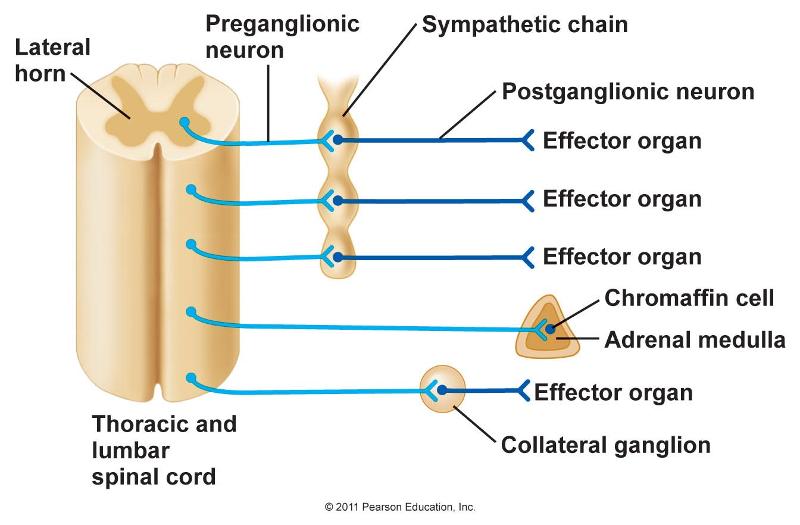
The parasympathetic system aims to maintain normal bodily functions by decreasing activity/maintaining it. The parasympathetic nervous system relaxes the individual once the emergency has passed. The autonomic nervous system is further divided into two components: This system allows these important functions to take place without conscious thought, so they work automatically. The autonomic nervous system is responsible for coordinating involuntary behaviors such as heart rate, breathing, and digestion. This is an involuntary muscle response being controlled by a reflex arc, which is a neural pathway.įor instance, when touching a very hot surface, the sensory neuron activity will be skipped and instead the brain will send almost instantaneous motor signals to move the hand away from the surface quickly. The brain will then transmit signals through the motor neurons to encourage the mouth, jaw, and teeth to continue eating the food.Īs well as regulating voluntary movements, the somatic nervous system is also responsible for reflexes. For instance, during tasting a food, the sensory neurons will send this information to the brain. Motor neurons allow us to act in response to external stimuli. Motor neurons – also known as efferent neurons, they transmit signals from the CNS to skeletal and muscle to either directly or indirectly control muscle movements.For instance, when touching a rough surface, this information will be transmitted through the sensory neurons to the brain. Sensory neurons – also known as afferent neurons, they send information to the CNS from the internal organs (glands, muscle, and skin) or from external stimuli (e.g.It consists of motor neurons and sensory neurons. The somatic nervous system is involved in the relay of sensory and motor information to and from the CNS therefore, This is so it can interpret sensory information and control voluntary movements. through hearing, sight, and touch) as well as motor information, which then carries signals to and from the CNS. This system processes sensory information from external stimuli (e.g. The somatic nervous system is key for carrying messages throughout the body, in order to initiate and control movement. The somatic nervous system is associated with activities traditionally thought of as conscious or It is also involved in the acute stress response where it works with the endocrine system to prepare the body to fight or flight. The ANS is responsible for the control of vital functions such as heart beat and breathing. The SNS controls voluntary actions such as walking. The somatic nervous system (SNS) and the autonomic nervous system (ANS) are both part of the peripheral nervous system. The PNS can be divided into two components: the somatic nervous system and the autonomic nervous system. This makes the PNS more susceptible to damage by trauma. Unlike the CNS which is protected by the skull and the vertebrae of the spine, the nerves, and cells of the PNS are not enclosed by bones. The PNS is thus especially important for humans to survive. The PNS also regulates autonomic functions such as breathing, heart rate, and digesting – the unconscious bodily behaviors. The main functions of the PNS are voluntary movements such as chewing food, walking, and facial expressions.

Therefore, there is always a stream of incoming and outgoing information between the PNS, CNS, and the body through the form of nerve impulses. The brain can then send signals through the nerves to the muscles, resulting in the muscles to move in response.

The sense organs are able to detect changes in the environment and relay information through the sensory nerves to the CNS. This is accomplished through nerves that carry information from sensory receptors in the eyes, ears, skin, nose and tongue, as well as stretch receptors and nociceptors in muscles, glands and other internal organs. The peripheral nervous system transmits information to and from the CNS. The primary function of the peripheral nervous system is to connect the brain and spinal cord to the rest of the body and the external environment. The PNS connects the CNS to the rest of the body. The PNS is all the nerves that branch out from the CNS components and extend to other parts of the body – to the sense organs, muscles, and glands. The CNS is made up of the brain and the spinal cord components. The nervous system of the body is split into two parts: the central nervous system (CNS) and the peripheral nervous system (PNS). By Olivia Guy-Evans, published April 23, 2021


 0 kommentar(er)
0 kommentar(er)
